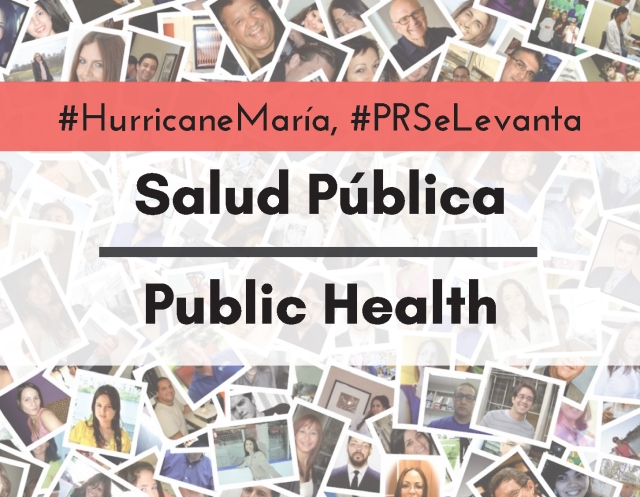Huracán María
Initial Public Health Laboratory Response After Hurricane Maria — Puerto Rico, 2017
Submitted on 26 March 2018 - 9:25pm
This article is reproduced by CienciaPR with permission from the original source.
Hurricane Maria silenced the coqui frog even further
Submitted on 18 March 2018 - 1:50am
This article is reproduced by CienciaPR with permission from the original source.
Group from the University of Puerto Rico will evaluate damages caused by María on coastal dunes
Submitted on 18 March 2018 - 1:41am
This article is reproduced by CienciaPR with permission from the original source.
Bee population in Puerto Rico decimated by Hurricane Maria
Submitted on 8 February 2018 - 9:54pm
This article is reproduced by CienciaPR with permission from the original source.
After the footsteps of Hurricane Maria
Submitted on 27 October 2017 - 9:27am
This article is reproduced by CienciaPR with permission from the original source.
Hurricane Maria devastated the Island of Monkeys in Humacao
Submitted on 11 October 2017 - 2:53pm
This article is reproduced by CienciaPR with permission from the original source.
















